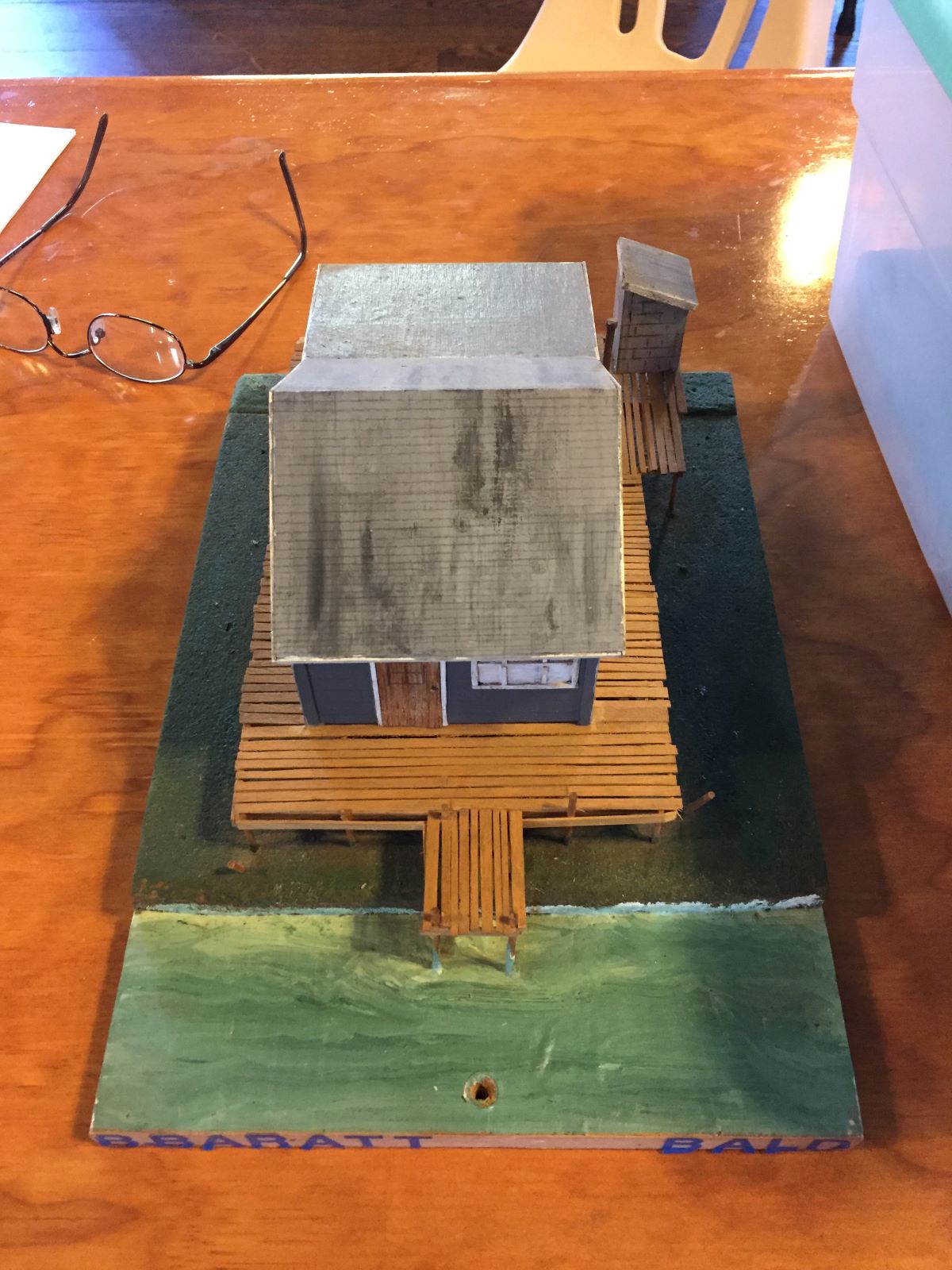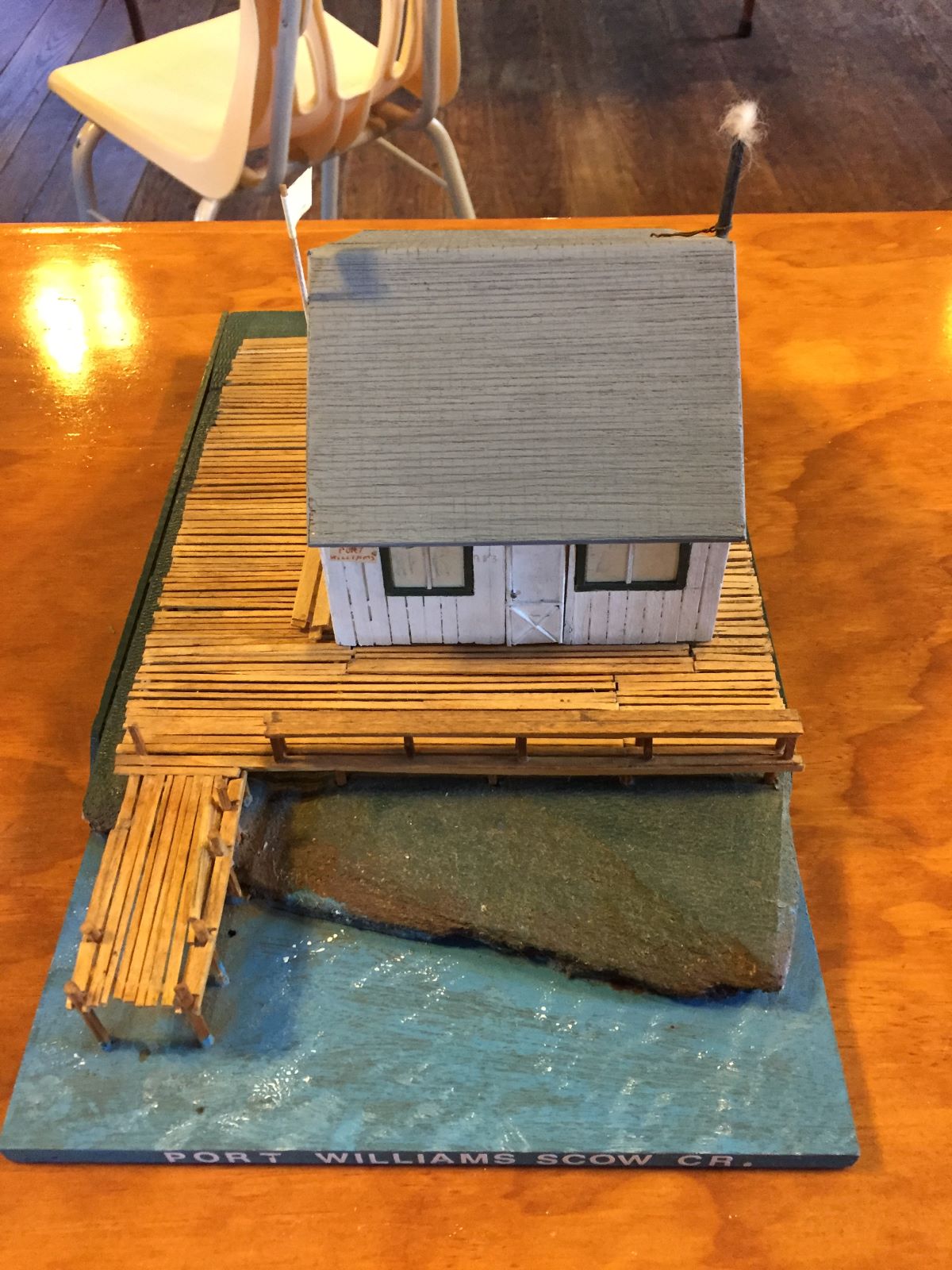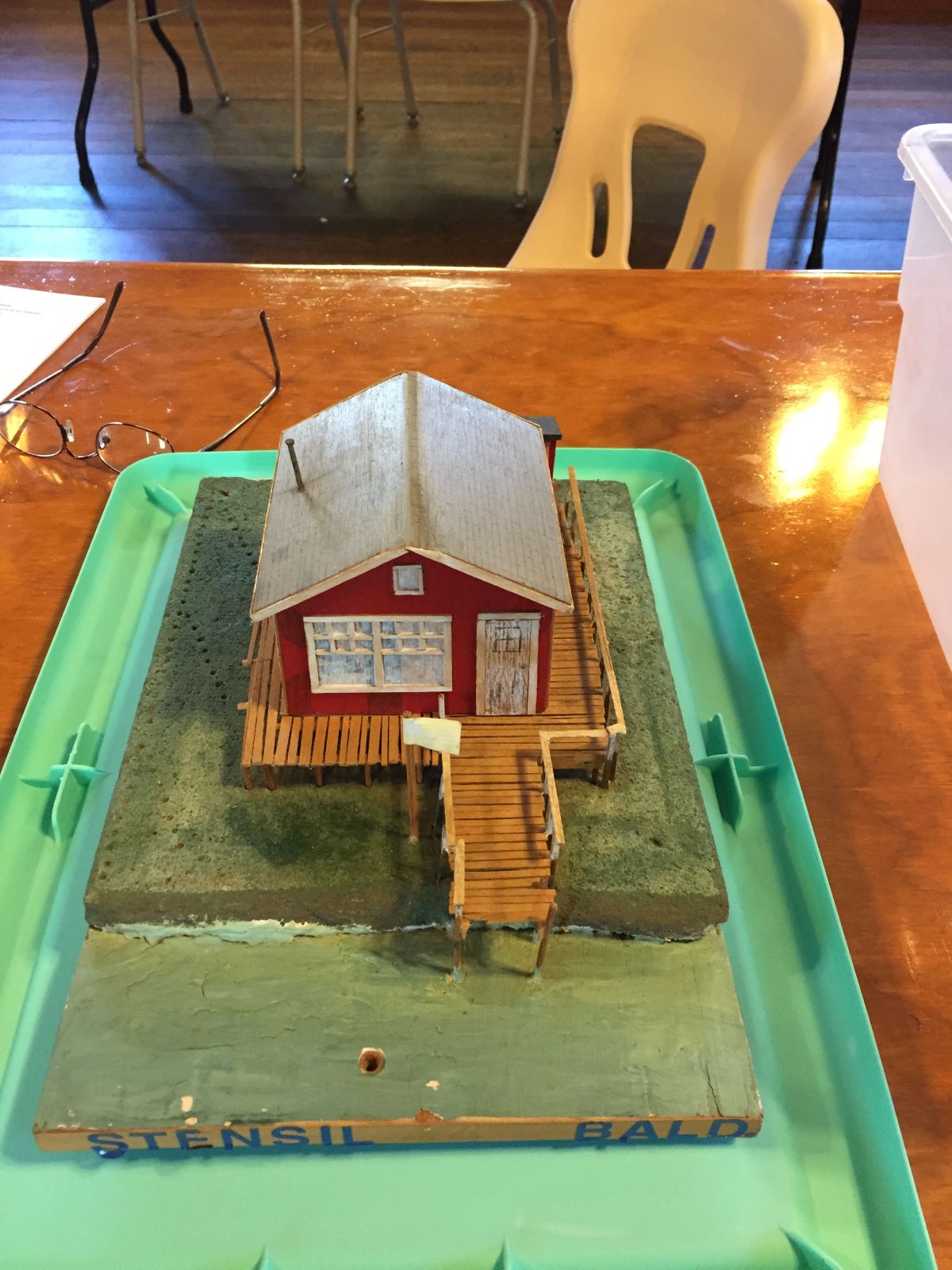Bay Houses on Long Island
Bay houses are small shacks that stand on the South Shore’s fragile marshlands. These small houses were originally built in the 18th and 19th centuries by fishermen, baymen, and duck hunters. These bay dwellers used the shelters while they harvested clams and salt hay, or went duck hunting. Through the years, these historic stuctures have been passed down among families.
During the 1940s through the 1960s more residents built bay houses as weekend getaways. By 1965 there were over 200 bay houses. However, in 1965 the Town of Hempstead removed most of the bay houses in an effort to preserve the sensitive wetlands on which they stand.
Despite this iniative, as a result of research and advocation by Nancy Solomon, director of Long Island Traditions, the Town made the decision to preserve the fragile structures for future generations.
Bay Houses in the storm
While bay houses have always been in harm’s way, increased risk of destruction from natural disasters adds to their precarious existence. Still, “[bay house] owners reaffirm their commitment to the martime traditions of the south shore and to the maintenance of the bay houses,” writes Nancy Solomon. By working in tandem with their environment and with the traditions of those that came before them, bay houses and their stewards remain a precious part of Long Island.
As mentioned in the Sandy, Irene, and Lee section, 14 bay houses miraculously survived the storm. In this section, we will take a closer look at bay houses, their custodians, and some of the ingenious storm mitigation strategies used to protect these treasured historic structures. As part of the In Harm’s Way Exhibit, museum staff created a mock bay house for visitors to explore.
Bay houses and the environments in which they exist share a symbiotic relationship. One way that bay house owners harness available resources to protect their raised homes from erosion and water damages is to pile bags of clamshells along their pole foundations.
“Baymen used the houses for a variety of purposes: shelter, equipment storage, business and recreational pursuits.”-Nancy Solomon, On the Bay
Bay house windows can be covered to protect the structure in the face of high winds and storms.
Hatches within the bay house floor help relieve water pressure during floods and protect the structural integrity of the home. Listen to Joseph Pignataro, an architect and resident of Freeport, Long Island, describe the way hatches work in the audio clip below.
Here is an example of a helical pile,referenced by Joseph Pignataro in his narrative above, which are used to stabilize structures that are in danger of environmental degradation.
Check out these four bay house models created by former bay house owner, Jeff Blossom. Bay houses generally face South to take advantage of the sunlight and the cool North-South breezes. They stand on “mud sills” consisting of long poles that lay on the marshland with upright posts to support the platform which in turn supports the house. Unlike traditional houses, there is no permanent foundation on a bay house. Many differnt kinds of materials were used for building these houses, which could take anywhere from a day to a whole year to complete! Because the houses are accessible only by boat, would-be owners often enlist help from friends, family, and co-workers in transporting building materials from the mainland to the marshlands.
Jeff Blossom owned a bay house that was originally built by Pete Kleiner. Like other bay houses, it was modest in scale, consisting of two small rooms topped by a pitched gable roof. Jeff began building models of bay houses as a hobby. However, his hobby has proven to be an emmence resource as bay houses are lost to environmental, social, and municipal forces. To this end, Jeff lost his own bay house in 1965 when the Town of Hempstead began tearing them down in effort to restore the natural environment.
Jeff’s models document the history of hundreds of bay houses. As a former owner himself, Jeff had deep knowledge about the historical and cultural importance of bay houses and their relationship to fishermen. In 2010, Jeff Blossom passed away. His models remain at the Long Island Maritime Museum as a vital resource for our history annals and an important vestige of Jeff’s expert craftsmanship.


